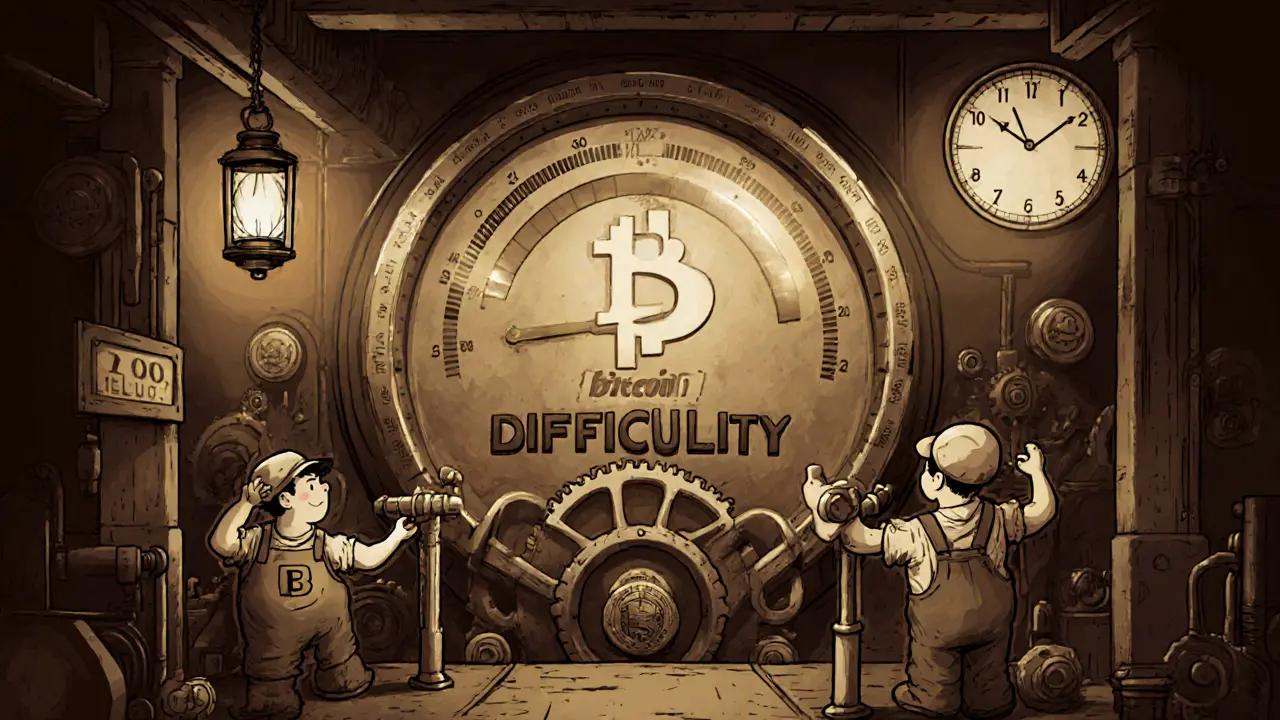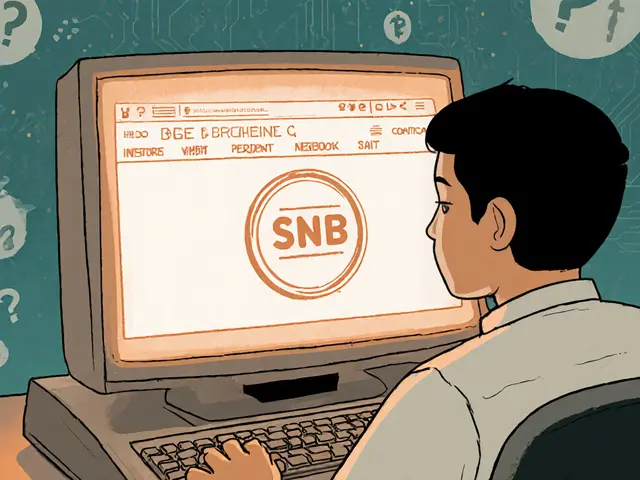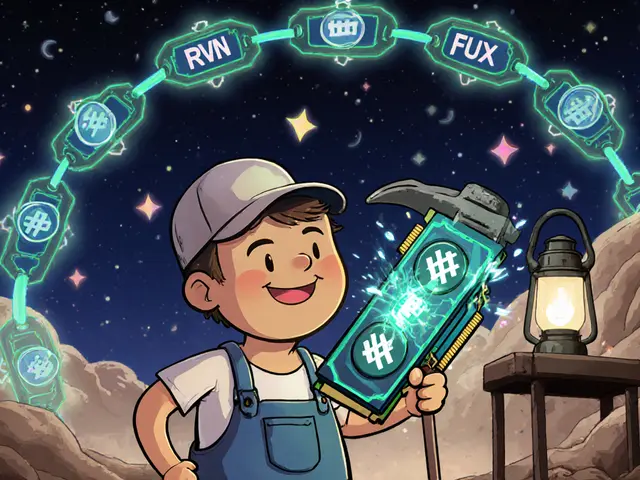Blockchain & Cryptocurrency
When working with Blockchain & Cryptocurrency, a network of digital ledgers that records transactions without a central authority. Also known as crypto, it powers everything from Bitcoin to complex DeFi platforms and reshapes how value moves online.
The Blockchain & Cryptocurrency ecosystem hinges on several key ideas. First, Mining Difficulty, a measure of how hard it is for miners to solve the cryptographic puzzle that adds a new block adjusts roughly every two weeks on Bitcoin to keep block times steady. When difficulty rises, miners need more hash power, which in turn secures the network. Next, Proof of Work, the consensus method where participants compete to solve a hash puzzle fuels that difficulty and rewards successful miners with fresh coins. The Hash Rate, the total computing power devoted to mining across the network reflects the health and security of a blockchain – higher rates mean more resistance to attacks. Finally, Decentralized Finance (DeFi), financial services built on public blockchains that operate without banks leverages these core mechanisms to offer lending, trading, and yield generation directly to users.
Understanding how these pieces fit together helps you spot opportunities and avoid pitfalls. For instance, a surge in hash rate often signals growing confidence in a network, which can boost token prices. Conversely, an abrupt drop in mining difficulty might indicate miners leaving, potentially weakening security. Proof of Work, while energy‑intensive, remains the most battle‑tested way to achieve consensus, and many DeFi projects still rely on it for reliable transaction finality.
What you’ll explore in this collection
Below you’ll find guides that break each concept down further. One article explains why mining difficulty matters for both security and profitability, showing real‑world numbers and future trends. Another dives deep into how hash rate trends correlate with market sentiment, giving you a practical lens to read blockchain health. We also cover DeFi fundamentals, from smart contract risks to how yield farms generate returns, so you can move from theory to action.
Each piece is written for readers at any stage – whether you’ve just heard about crypto or you already run a node. The content balances simple definitions with enough detail to let you make informed choices, like picking a mining pool or evaluating a DeFi token’s risk profile. By the end, you’ll have a clearer picture of the landscape and concrete steps to apply what you’ve learned.
Ready to dig deeper? The articles below walk you through the mechanics, the math, and the real‑world impact of mining difficulty, hash rate swings, and DeFi innovations. They’re organized so you can start with the basics and gradually move toward more advanced topics, all while keeping the focus on practical use cases and current market dynamics.
Tokenized real estate lets you own fractions of properties using blockchain, with lower costs, higher liquidity, and global access. See how it works, why returns are rising, and who’s investing now.
Continue reading
Learn what mining difficulty is, how it adjusts, why it matters for security and profitability, and what the future holds for blockchain networks.
Continue reading






